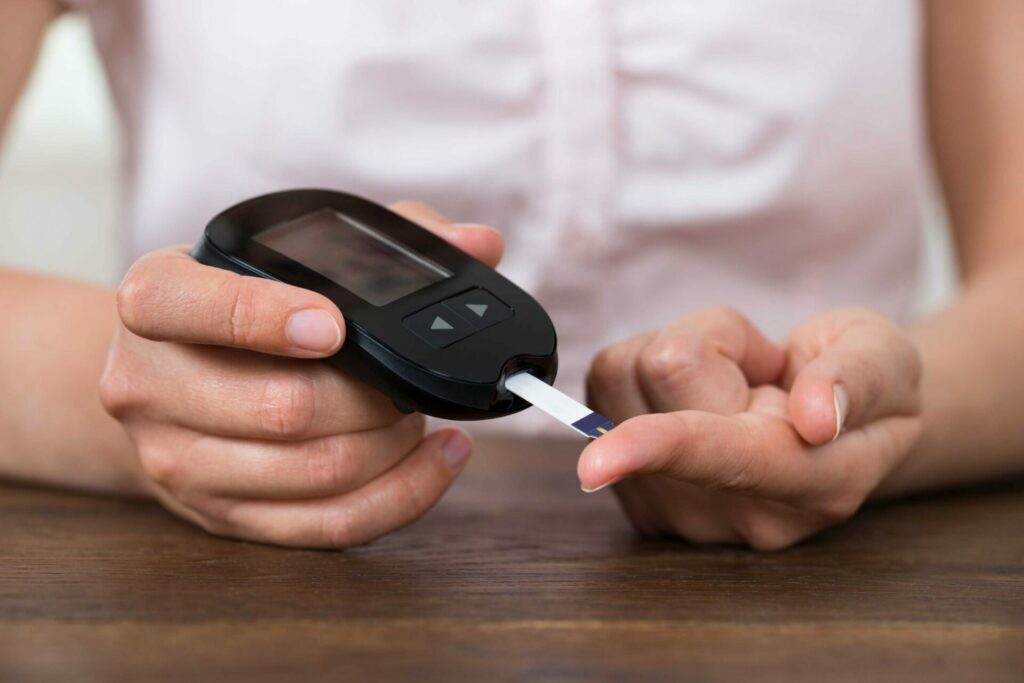If you think you might have diabetes, it’s important to get tested as soon as possible. One way to do this is by using a blood glucose meter. In this blog post, we will discuss how to use a blood glucose meter for a diabetes test. We will also provide tips on how to get the most accurate results from your test. So, if you’re worried that you might have diabetes, read on for more information!
Contents
What Is A Diabetes Test?
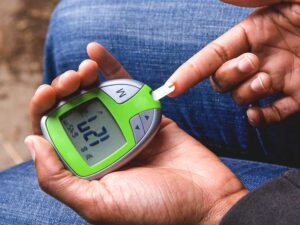 Diabetes is a disease that occurs when your blood sugar levels are too high. If left untreated, diabetes can lead to serious health complications, including heart disease, stroke, and kidney failure. There are two main types of diabetes: type I and type II. Type I diabetes is usually diagnosed in children and young adults, while type II diabetes is typically diagnosed in adults over the age of 40. If you have diabetes, it’s important to get tested and treated as soon as possible to avoid serious health complications.
Diabetes is a disease that occurs when your blood sugar levels are too high. If left untreated, diabetes can lead to serious health complications, including heart disease, stroke, and kidney failure. There are two main types of diabetes: type I and type II. Type I diabetes is usually diagnosed in children and young adults, while type II diabetes is typically diagnosed in adults over the age of 40. If you have diabetes, it’s important to get tested and treated as soon as possible to avoid serious health complications.
A diabetes test is a way to determine if you have diabetes. This test is important because it can help you and your doctor to develop a treatment plan that can improve your health and quality of life. When you know you have diabetes, you can take steps to control your blood sugar levels and prevent complications. Now that we know what a diabetes test is, let’s discuss the different methods of testing for diabetes.
Different Method To Detect Diabetes
When it comes to testing for diabetes, there are two main methods: the fasting blood sugar test and the oral glucose tolerance test. We will discuss each of these methods in more detail below.
Fasting Blood Sugar Test
The fasting blood sugar test is the most common method of testing for diabetes. This test is typically done in the morning after you have fasted for at least eight hours. To do this test, your doctor will take a sample of your blood and measure your blood sugar levels. If your blood sugar levels are higher than normal, it may be an indication that you have diabetes. It’s important to note that the fasting blood sugar test is not always accurate. If your blood sugar levels are normal, it does not necessarily mean that you don’t have diabetes.
Oral Glucose Tolerance Test
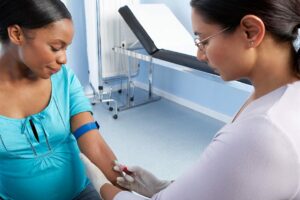 The oral glucose tolerance test is another method of testing for diabetes. This test is usually done after you have fasted for at least eight hours. During the test, your doctor will give you a sugar drink and then measure your blood sugar levels every 30 minutes for two hours. If your blood sugar levels are higher than normal, it may be an indication that you have diabetes. This test is more accurate than the fasting blood sugar test, but it is also more invasive.
The oral glucose tolerance test is another method of testing for diabetes. This test is usually done after you have fasted for at least eight hours. During the test, your doctor will give you a sugar drink and then measure your blood sugar levels every 30 minutes for two hours. If your blood sugar levels are higher than normal, it may be an indication that you have diabetes. This test is more accurate than the fasting blood sugar test, but it is also more invasive.
If you’re worried that you might have diabetes, it’s important to get tested as soon as possible. Talk to your doctor about which method of testing is right for you. And remember, if you do have diabetes, there are treatments available that can help you control your blood sugar levels and prevent serious health complications.
How To Use A Blood Glucose Meter?
A blood glucose meter is a small, portable device that you can use to test your blood sugar levels at home. This type of diabetes test is quick and easy to do, and it doesn’t require a lot of preparation. The device is consist of a lancet (a small, sharp needle), a test strip, and a blood glucose meter.
To use the device, you need to follow these steps:
- Wash your hands with soap and water.
- Insert a test strip into the blood glucose meter.
- Prick your finger with the lancet to get a drop of blood.
- Touch the drop of blood to the test strip.
- The blood glucose meter will then give you a reading of your blood sugar levels.
The normal range for blood sugar levels is 70-140 mg/dL. If your results are outside of this range, it may be an indication that you have diabetes. If you think you might have diabetes, it’s important to see your doctor for a confirmatory test.
Preparation For The Test
There is no special preparation required for this test. You can eat and drink normally before the test. However, if you are going to have the oral glucose tolerance test, you will need to fast for at least eight hours before the test.
All you need for this test is a small, portable blood glucose meter. You can purchase one at your local pharmacy or online. Be sure to read the instructions that come with the device so that you know how to use it correctly.
If you’re worried about having your blood drawn, talk to your doctor or healthcare provider. They can help to ease your anxiety and make the process as comfortable as possible.
Tips For The Most Accurate Results
There are a few things you can do to make sure you get the most accurate results from your blood glucose meter:
Check the expiration date
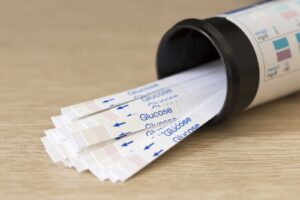 Before you use a test strip, make sure to check the expiration date. Using an expired test strip can give you inaccurate results. You can find the expiration date on the box or on the test strip itself. Try to use test strips that are as fresh as possible for the most accurate results.
Before you use a test strip, make sure to check the expiration date. Using an expired test strip can give you inaccurate results. You can find the expiration date on the box or on the test strip itself. Try to use test strips that are as fresh as possible for the most accurate results.
Clean your hands
It’s important to wash your hands with soap and water before you test your blood sugar levels. This will help to prevent contamination and ensure that your results are accurate. When you’re finished washing your hands, dry them thoroughly before you begin the testing process.
Use a new lancet
If you’re using a lancet to prick your finger, make sure to use a new one each time. Using a fresh lancet will help to prevent infection and ensure that you get a clean puncture wound. While you’re testing, it’s also important to be careful not to reuse the lancet.
Store the strips properly
You should store the test strips in a cool, dry place. Do not store them in direct sunlight or in a humid environment. It’s also important to keep the test strips away from children and pets as they can be a choking hazard. That is why it is best to store them in their original container.
Follow the instructions
When you’re using the blood glucose meter, it’s important to follow the instructions that come with the device. Each meter is different, so it’s important that you read the manual before you begin. This will help to ensure that you get accurate results.
Calibrate the device
If you’re using a continuous glucose monitor (CGM), you’ll need to calibrate the device according to the manufacturer’s instructions. This will help to ensure that the device is accurate. When you’re calibrating the device, you’ll need to use a finger stick test to get a reading of your blood sugar levels.
Check the control solution
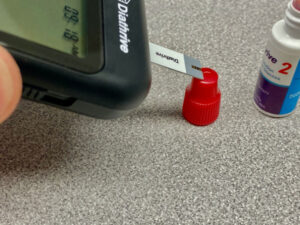 If you’re using a blood glucose meter, it’s important to check the control solution before you test your blood sugar levels. This will help to ensure that the device is working properly. It’s also important to check the control solution if you think your results are inaccurate.
If you’re using a blood glucose meter, it’s important to check the control solution before you test your blood sugar levels. This will help to ensure that the device is working properly. It’s also important to check the control solution if you think your results are inaccurate.
Check your results
If you think your results are inaccurate, check them again. It’s always best to err on the side of caution when it comes to your health. If you’re unsure about your results, talk to your doctor or healthcare provider. They can help you interpret the results and determine if further testing is needed.
Clean the device
Lastly, it’s important to clean the blood glucose meter according to the manufacturer’s instructions. This will help to prevent contamination and ensure that the device is working properly. When you’re finished cleaning the device, be sure to dry it thoroughly before you store it away.
By following these tips, you can help to ensure that you get accurate results from your blood glucose meter. Diabetes is a serious condition, so it’s important to be as proactive as possible when it comes to your health. If you have any concerns, talk to your doctor or healthcare provider. They can help you interpret the results of your blood sugar test and determine if further testing is needed.
Conclusion
In conclusion, a blood glucose meter is a valuable tool that can help you detect diabetes. By following the tips above, you can ensure that you get accurate results from your meter. With regular testing, you can catch diabetes early and manage it effectively. Remember to test your diabetes status regularly and consult with your doctor if you have any concerns.
Testing your blood sugar levels is an important part of managing diabetes. By keeping track of your numbers, you can make sure that your diabetes is under control. If you need assistance with diabetes care, consider contacting Mantra Care. Our team of experts can help you manage your diabetes and improve your overall health with our Diabetes Control Program. You can also get in touch with their nutrition experts through our online nutrition counseling, who can guide you through the process and help you achieve your fitness goals.
